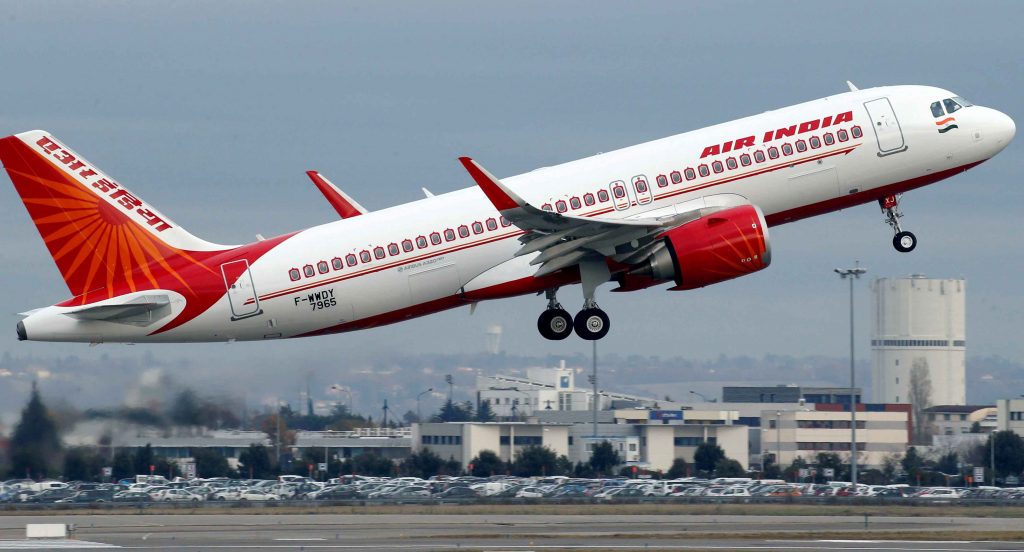New Delhi: India’s aviation industry has been experiencing a resurgence, with air traffic reaching new highs and a promising outlook for pilots who weathered the storm of the pandemic. However, beneath the surface, a less rosy picture emerges as the relationship between pilots and airline management becomes increasingly strained, particularly within Air India, which underwent a change in ownership almost two years ago.
Since Tata Sons took over Air India, the relationship between the airline’s pilots and the new management has hit an all-time low. It is no secret that senior pilots have often struggled to find a sense of belonging within the organisations they serve, given the unique nature of their profession.
Senior pilots within Air India have been vocal about their grievances, frequently sharing their concerns on platforms like WhatsApp. Insiders suggest that this diminishing status of pilots and crew members has been a deliberate tactic aimed at alienating these critical staff.
However, insiders from within the airline allege that senior pilots were displaced from their high-ranking roles, including positions like Chief of Operations, which subsequently ignited a conflict with the management.
While Tata management has concentrated on the aesthetics and quality of service, there appears to be a pressing need to address deeper issues within the organisation.
Sources from the Ministry of Civil Aviation (MOCA), assert that Tata should have replaced the old management team with a fresh one soon after taking control. The retained management, with their existing ways of doing things, is viewed as a destabilising influence, continuing to fuel the infighting within the airline.
Air India has long suffered from the existence of factional camps, each often motivated by self-interest rather than the airline’s well-being.
Retaining the old management has inadvertently perpetuated these divisions, intensifying the adversarial relationship between different employee groups and management.
Many insiders with decades of experience argue that internal dynamics have deteriorated since privatisation, with little to show in terms of improving the airline’s product, financial performance, or work environment.
“All that has happen in @airindia is an expat CEO & and Expat Director of Safety with no responsibility: an absentee ex Jet Airways Head of Inflight and @TataCompanies have replaced the IAS babu with a TAS babu(birds of a feather) and kept retained all Sr Management selected on seniority, not merit along with the games, groupism,bickering and internal politics remaining the same,” posted Shakti Lumba, former pilot, on X.
“The quid pro quo that Tata’s got for taking AirIndia off the Govt hands was the contract for the Central Vista, an Airport to build from scratch ( either Noida or Navi Mumbai ) and other juicy businesses in aviation and defence: compare to these Air India losses are peanuts: Only JRD is still turning in his proverbial grave,” he further writes on X, formerly known as Twitter.
As the aviation industry thrives in India, the situation within Air India remains grim. Whether this dissent is the voice of a disillusioned minority or the consensus of the workforce is yet to be seen.
In the meantime, the airline continues to grapple with internal strife, and the relationship between senior pilots and the management remains strained, far from the external appearance of an industry on the rise.
IANS
